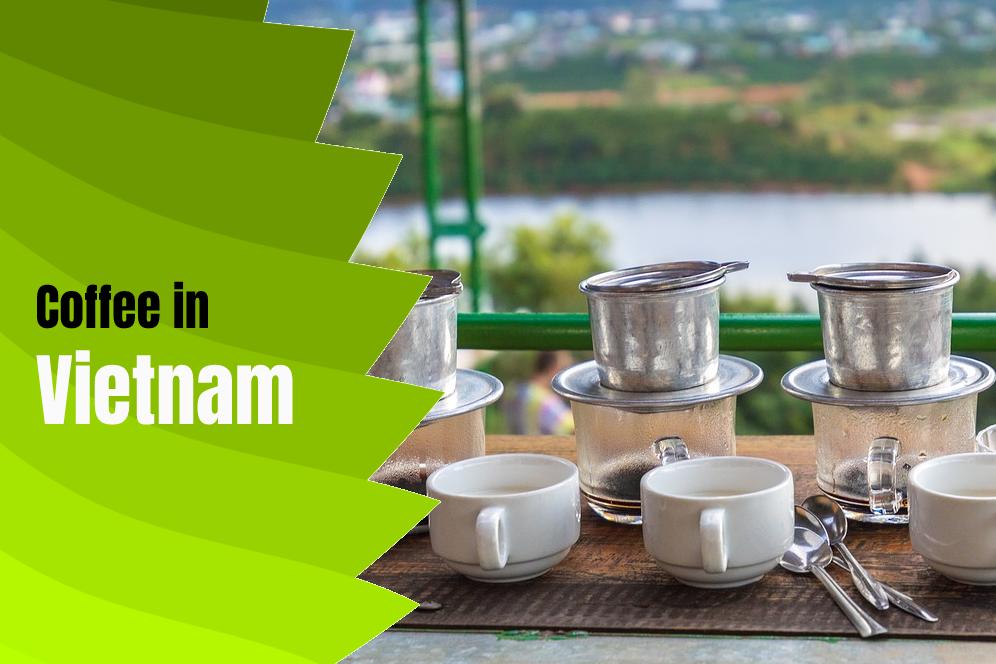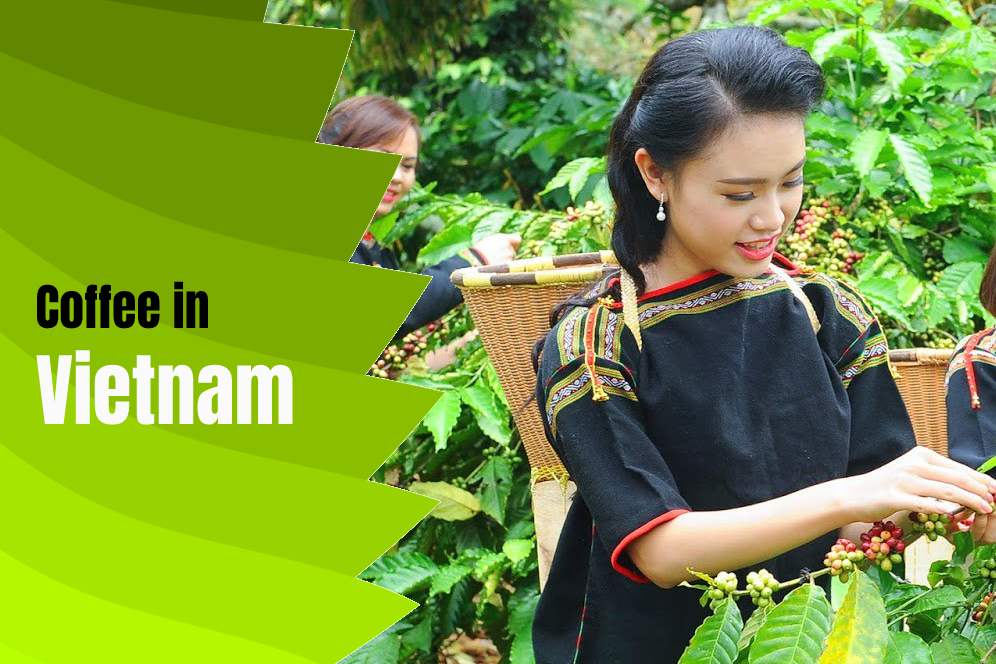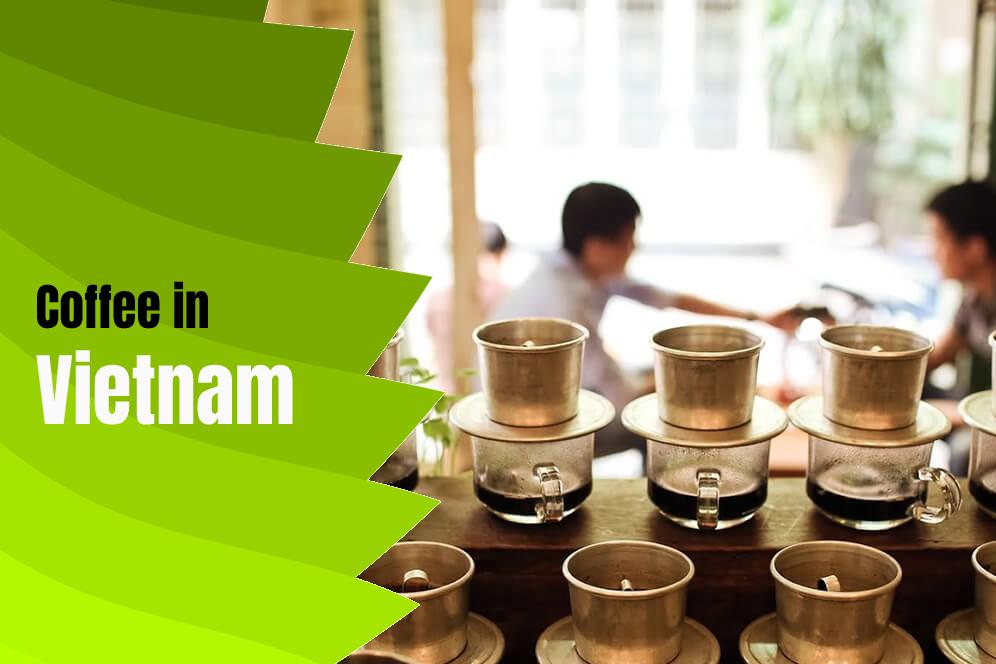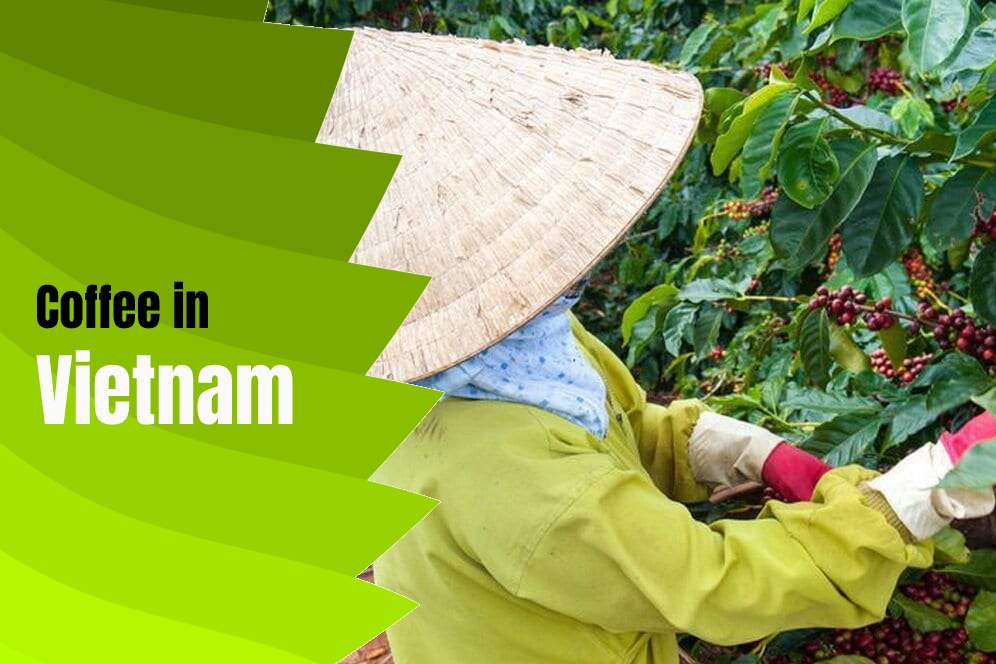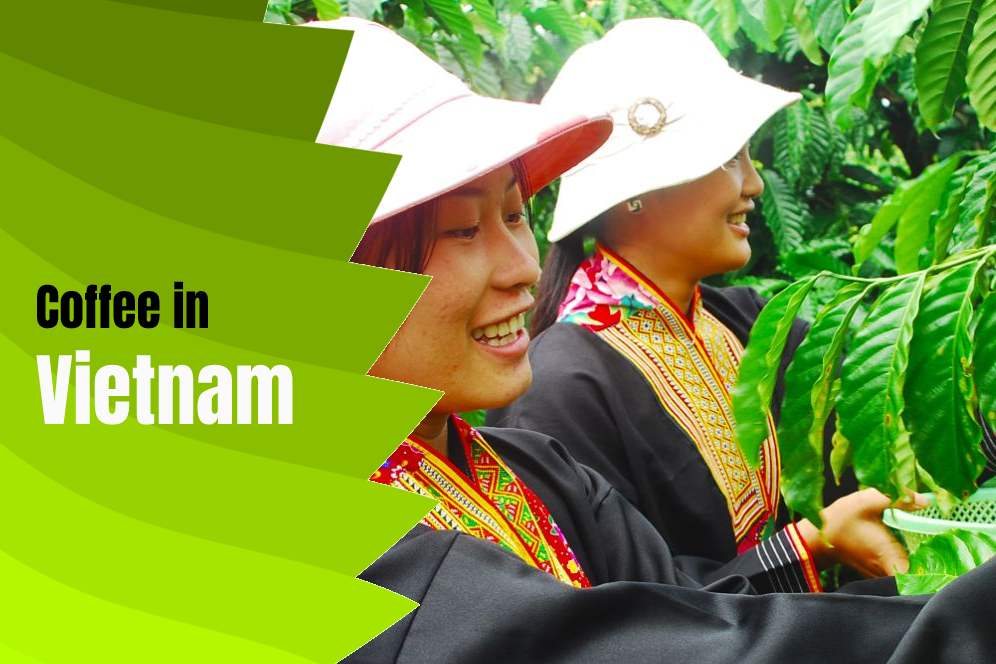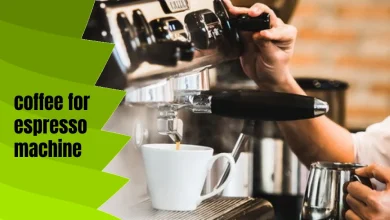Vietnamese Coffee : Unveiling the Unique Flavors and Traditions
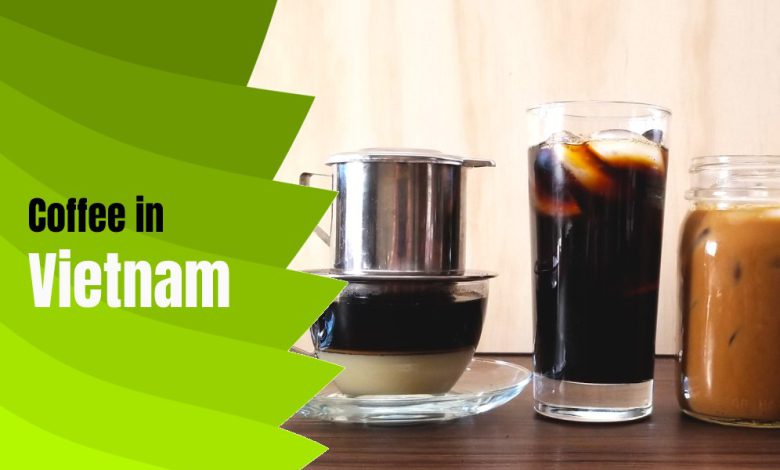
Today, Vietnam is the world’s second-largest coffee producer after Brazil, and coffee is a significant part of the country’s economy, particularly in the Central Highlands region. Coffee is grown on small farms by millions of farmers, many of whom belong to ethnic minority groups, and the beans are exported to countries around the world.
Vietnam is famous for its unique and delicious coffee. Coffee was first introduced to Vietnam by the French colonists in the late 19th century, and since then, it has become an essential part of Vietnamese culture and daily life.
The Truth About Coffee in Vietnam
Contents
- 1 History of Coffee in Vietnam
- 2 The start of Coffee in Vietnam
- 3 coffee During the Vietnam War
- 4 What is called coffee in Vietnam?
- 5 The most popular type of coffee in Vietnam
- 6 Vietnam coffee shops
- 7 The most important feature of Vietnamese coffee
- 8 But what exactly makes Vietnamese coffee special?
- 9 What does Vietnamese coffee taste like?
- 10 Special Vietnamese Coffee Filter
- 11 Making Excellent Vietnamese Coffee
History of Coffee in Vietnam
Coffee was introduced to Vietnam during the French colonial period in the late 19th century. The French brought coffee plants to Vietnam and began cultivating them in the highlands of central and southern Vietnam. At first, coffee was grown on a small scale and primarily for export to France. The French introduced coffee to Vietnam and established plantations in the southern part of the country, particularly in the Central Highlands region.
read more: Vietnamese Iced Coffee Recipe
The start of Coffee in Vietnam
After Vietnam gained independence from France in 1954, the government encouraged coffee production as a means of boosting the country’s economy. In the 1960s, the Vietnamese government initiated a coffee plantation program that provided farmers with free land, seeds, and fertilizers to encourage them to plant coffee. By the 1990s, coffee had become a major export crop, second only to rice in terms of value.
coffee During the Vietnam War
During the Vietnam War, coffee played a significant role in the daily lives of both American soldiers and Vietnamese civilians. Coffee was readily available to American troops in Vietnam, either in the form of instant coffee or brewed coffee served in military mess halls. It was often used as a way to boost morale and provide a sense of comfort in a stressful and dangerous environment.
Vietnamese civilians also consumed coffee, although it was less common than tea. Coffee shops, known as “cafe sua da” (coffee with milk and ice), became popular gathering places for locals to socialize and discuss politics, business, and other topics. The coffee served in these shops was often brewed using a unique blend of Robusta and Arabica beans, which gave it a distinct flavor and aroma.
During the war, coffee became an important commodity for both sides. The black market for coffee was thriving, and soldiers and civilians alike would often trade goods or money for a cup of the beloved beverage. In some cases, coffee was even used as a bargaining tool during negotiations between opposing forces.
Overall, coffee played a significant role in the daily lives and culture of Vietnam during the war. It provided comfort, energy, and a sense of normalcy in a time of great turmoil and uncertainty.
read more: How Do I Brew Vietnamese Coffee At Home With Phin Filter
What is called coffee in Vietnam?
Coffee in Vietnam is typically called “ca phe”, which is a term derived from the French word “café”. The Vietnamese word for coffee is pronounced as “kah-fay” in English, with the emphasis on the second syllable.
The most popular type of coffee in Vietnam
The most popular type of coffee in Vietnam is called “ca phe sua da,” which means “coffee with condensed milk and ice.” This coffee is made by using a small metal drip filter called a “phin” to brew finely ground coffee beans, which are then mixed with sweetened condensed milk and served over ice. It’s a sweet and creamy coffee that is perfect for hot days.
Another popular coffee in Vietnam is “ca phe trung,” also known as “egg coffee.” This unique coffee is made by whisking egg yolks with sugar and coffee, and then adding hot milk to create a frothy and sweet mixture. It’s a rich and decadent coffee that is perfect for a cold day.
Vietnam coffee shops
Vietnam also has its own unique coffee shops, known as “cafe sua da.” These shops are often small and cozy, with low plastic stools and tables where people can sit and enjoy their coffee. The atmosphere is relaxed and laid-back, with people chatting and socializing over their drinks.
Overall, coffee is an important part of Vietnamese culture and is enjoyed by locals and tourists alike.
The most important feature of Vietnamese coffee
One of the most important features of Vietnamese coffee is its unique taste and preparation method. Vietnamese coffee is typically made using a blend of Robusta and Arabica beans, which gives it a strong and bold flavor. The beans are often roasted with butter or oil, which adds a unique richness to the coffee’s flavor.
Another key feature of Vietnamese coffee is its preparation method, which involves using a small metal filter called a “phin”. The phin sits on top of a glass or mug, and the coffee grounds are placed inside. Hot water is then poured over the grounds, and the coffee slowly drips through the filter and into the glass below.
One of the signature ingredients in Vietnamese coffee is sweetened condensed milk, which is added to the coffee after it has been brewed. The milk adds a creamy and sweet flavor to the coffee, balancing out its strong and bold taste.
Overall, the unique taste and preparation method, as well as the use of sweetened condensed milk, are the most important features of Vietnamese coffee. They give it a distinct flavor profile that sets it apart from other types of coffee and has made it popular around the world.
But what exactly makes Vietnamese coffee special?
Vietnamese coffee is almost always drip coffee. The ubiquitous street coffee stalls found all over Vietnam use basic aluminum filters, typically known as ‘phin,’ which is a distinctive feature of Vietnamese coffee. Traditionally, Vietnamese coffee is brewed individually using a ‘phin.’
Vietnamese people savor their coffee very slowly and leisurely; setting up the filter and choosing the right time to enjoy it is an art in itself. If the coffee is good, you want to savor it for as long as possible.
Watching the coffee drip not only enhances your desire for it but also forces you to sit for a few minutes while the coffee brews. While not all Vietnamese coffees are made this way, the classic slow drip method is a real treat and a reminder to relax and enjoy conversation. This recommendation is especially popular in the hustle and bustle of Vietnamese cities.
In Vietnam, whether it’s hot or cold coffee, it’s served with sweetened condensed milk. Vietnamese coffee is also renowned for its incredibly sweet and rich condensed milk, providing an excellent balance to the extremely strong and dark brewed coffee.
Vietnamese people enjoy coffee in the morning, afternoon, and evening, at genuine cafes or on small plastic stools along the street. Cafes—whether open-air, covered, or more street-side coffee shops—are just some of the meeting places for people of all ages.
What does Vietnamese coffee taste like?
Vietnamese coffee is made from distinctively dark roasted Robusta beans, prepared through a very slow drip process. It’s no surprise that the first word that comes to mind when sipping a cup of Vietnamese coffee is “strong.”
The strong and intense coffee flavor is balanced with the sweet and rich aroma of sweetened condensed milk, creating a harmonious taste sensation. Even those who don’t have a preference for sweet coffee tend to love the balance of flavors. Since Vietnamese coffee has a very robust and aromatic nature, it can carry its sweetness without compromising its true coffee essence.
Special Vietnamese Coffee Filter
But before we introduce you to some of the delicious coffees you can enjoy in Vietnam, let’s take a look at the infamous Vietnamese coffee filter.
Using this coffee filter is straightforward and easy to maintain. Simply place the filter on top of a cup, fill it with finely ground Vietnamese coffee, allow hot water to pass through the holes, and savor the flavor.
Traditional filters are made of stainless steel and are often used for making cà phê sữa đá.
In the classic paper filter, not all the coffee’s essences often make it directly into the cup. This is precisely what makes Vietnamese coffee so strong, as nothing is held back by the filter.
Making Excellent Vietnamese Coffee
But before we walk you through preparing some of these delicious Vietnamese coffees step by step, let’s get acquainted with three different types of Vietnamese coffee:
Cà Phê Sữa Nóng/đá (Hot/Cold Vietnamese Milk Coffee)
To make Vietnamese Cà Phê Sữa with milk, you’ll need to place the aforementioned filter filled with coarse coffee grounds on top of a cup filled with sweetened condensed milk.
In Vietnam, some say that certain brands of sweetened condensed milk have a better flavor than others. Sweetened condensed milk is made from just milk and sugar and European suppliers don’t really differ. So, simply give it a try.
The coffee slowly drips into the cup and gradually mixes with the thick milk within. The sweetness balances the strong bitter taste of coffee, creating a flavor combination. On the other hand, you can add ice cubes to the sweetened condensed milk and enjoy it as iced coffee.
Bac Xiu (Coffee, Sweetened Condensed Milk, Coconut)
Bac Xiu is a coffee concentrate made from coffee, sweetened condensed milk, and coconut. It’s prepared in a manner similar to Cà Phê Sữa but with the addition of coconut milk.
Unlike Cà Phê Sữa, Bac Xiu is less sweet, even if flavored with coconut.
Alternatively, this Vietnamese coffee can also be prepared over frozen coconut milk to create a refreshing coconut coffee smoothie.
Cà Phê Trứng (Vietnamese Egg Coffee)
Perhaps putting an egg in your coffee is a caffeine consumption turning point for you, and it might potentially steer you away from coffee forever.
But hold on, sipping a raw egg isn’t just about creating a peculiar protein lump.
Cà Phê Trứng is made by beating raw egg yolk and sweetened condensed milk together.
Then, coffee is brewed using the traditional coffee filter, creating a rich, creamy coffee experience.
If you’re wondering about the taste, some have dubbed it ‘coffee custard egg.’ After enjoying it, you might even ask yourself why eggs aren’t mixed into every coffee. At least that’s what some of our colleagues have experienced.
